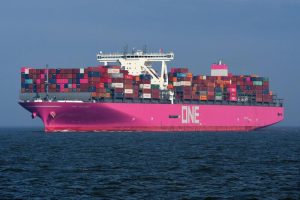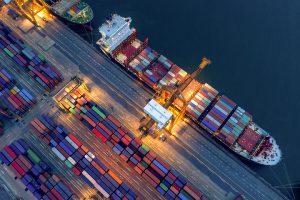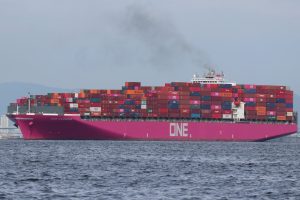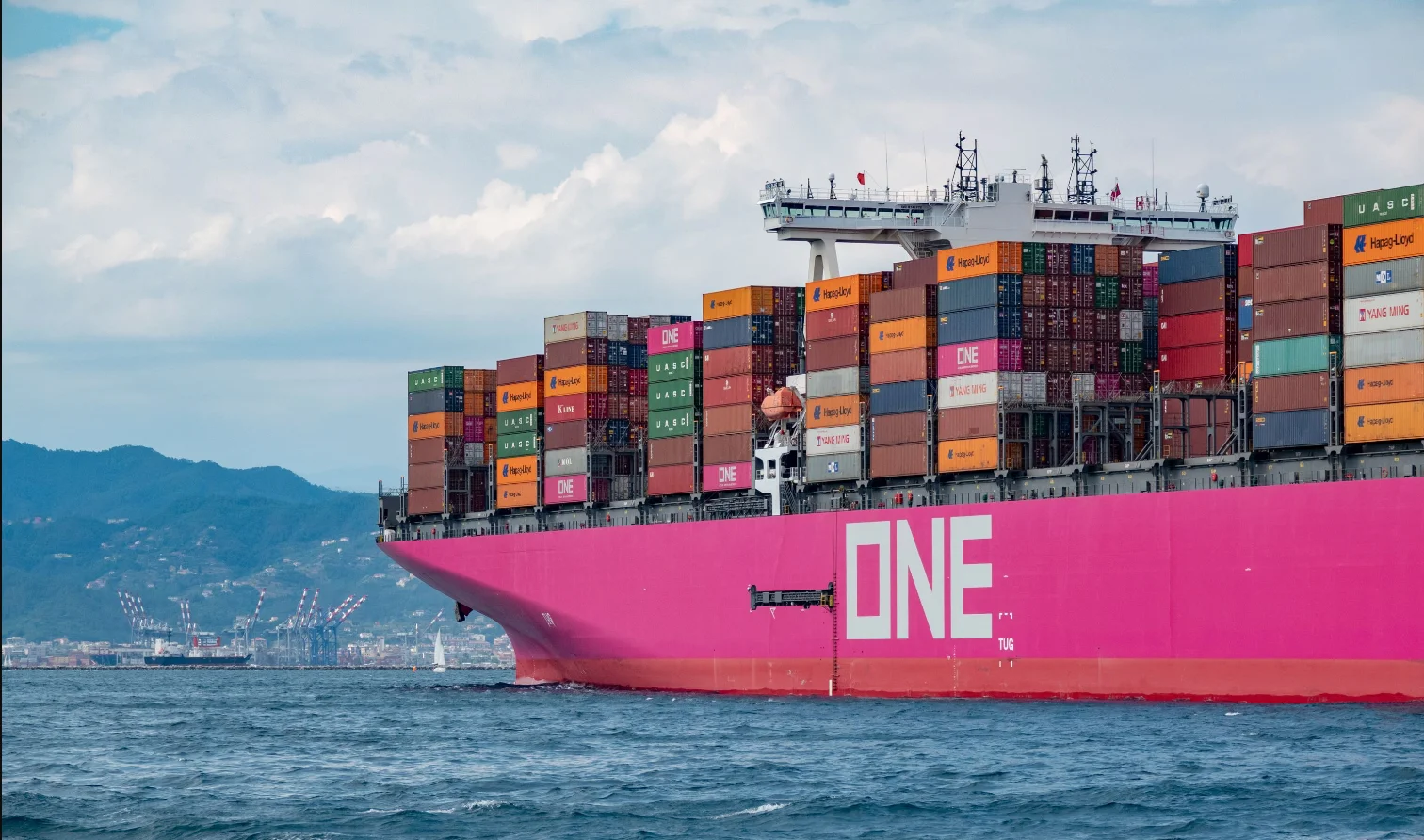Introduction
In a tumultuous period for the maritime industry, container lines find themselves facing significant challenges, grappling with port congestion and a shortage of ships. This maritime turmoil has far-reaching implications for global trade and warrants a closer examination of the contributing factors and potential solutions. To shed light on this complex situation, we turn to Captain Emma Sea Insights, Container lines struggling a maritime analyst specializing in industry trends and challenges.
The Conundrum of Port Congestion

Port congestion has emerged as a primary challenge for container lines, disrupting the flow of goods and straining logistical operations. Captain Emma Sea Insights identifies several contributing factors to this conundrum:
- Global Supply Chain Disruptions: The lingering impacts of the COVID-19 pandemic have created a domino effect, causing delays in the production and movement of goods worldwide.
- Surge in Demand: A surge in consumer demand, coupled with disruptions in manufacturing and shipping schedules, has created an imbalance in the supply-demand equation.
- Shortage of Labor: Port facilities are grappling with a shortage of skilled labor, exacerbating the challenges of unloading and loading cargo efficiently.
Comparative Table: Previous Maritime Challenges
| Maritime Challenge | Previous Factors Contributing | Impact on Global Trade |
|---|---|---|
| Suez Canal Blockage (2021) | Weather conditions, human error. | Disrupted global trade routes, delayed shipments. |
| Current Port Congestion | Global supply chain disruptions, labor shortages. | Impacted logistical operations, delayed cargo movements. |
| Oil Price Volatility (2019) | Geopolitical tensions, production levels. | Fluctuations in transportation costs, impact on shipping industry. |
Ship Shortages Intensify Woes

The shortage of available ships further compounds the challenges faced by container lines. Captain Emma Sea Insights highlights key factors contributing to this shortage:
- Vessel Congestion: Existing vessels are often delayed at congested ports, reducing their availability for new voyages.
- Global Container Imbalance: Unequal distribution of containers worldwide leads to imbalances, affecting the efficient movement of goods and limiting the availability of containers for new shipments.
- Market Dynamics: The high demand for shipping services has led to a surge in charter rates, influencing vessel availability and impacting operational costs for container lines.
Comparative Table: Impact of Ship Shortages
| Maritime Challenge | Previous Factors Contributing | Impact on Container Lines |
|---|---|---|
| Fuel Price Spikes (2018) | Geopolitical tensions, oil market dynamics. | Increased operational costs, potential impact on shipping rates. |
| Current Ship Shortages | Vessel congestion, global container imbalances. | Limited vessel availability, potential impact on shipping schedules. |
| Piracy Threats (2017) | Regional geopolitical tensions, navigation routes. | Disruption of maritime operations, increased security measures. |
Global Trade Ramifications

The struggles faced by container lines resonate across global trade networks. Delays in cargo movements, increased operational costs, and uncertainties in shipping schedules have a cascading effect on supply chains, affecting industries and consumers worldwide.
Comparative Table: Ramifications on Global Trade
| Maritime Challenge | Previous Global Trade Ramifications | Current Challenges Faced by Container Lines |
|---|---|---|
| Trade War Tensions (2019) | Tariff impacts, disruptions in supply chains. | Delayed shipments, increased shipping costs, potential impacts on consumer prices. |
| Current Port Congestion | Disruptions in supply chains, increased lead times. | Logistical challenges, potential shortages of goods, impact on consumer markets. |
| Currency Volatility (2016) | Exchange rate fluctuations, trade imbalances. | Impact on export-import dynamics, potential shifts in trade patterns. |
Charting a Course Forward
As container lines navigate these turbulent waters, industry stakeholders and policymakers are called upon to explore strategic solutions. Captain Emma Sea Insights suggests that collaborative efforts, investments in port infrastructure, and the adoption of innovative technologies could pave the way for a more resilient and efficient maritime industry.
Comparative Table: Strategies for Maritime Challenges
| Maritime Challenge | Previous Strategic Responses | Potential Solutions for Container Lines |
|---|---|---|
| Environmental Regulations (2020) | Adoption of cleaner technologies, sustainable practices. | Investment in innovative technologies, eco-friendly shipping solutions. |
| Current Port Congestion | Collaborative efforts among stakeholders, infrastructure investments. | Strategic planning, investment in port facilities, adoption of digital solutions. |
| Labor Disputes (2015) | Negotiation, fair labor practices. | Collaboration with labor unions, training programs, addressing labor shortages. |
Conclusion:
The challenges faced by container lines amid port congestion and ship shortages highlight the intricacies of the maritime industry. Captain Emma Sea Insights provides valuable insights into the contributing factors and potential solutions, urging collaborative efforts to steer the industry towards smoother waters. As the industry charts a course forward, the global trade community will be closely watching for innovations and strategic initiatives that promise a more resilient and efficient maritime future.




